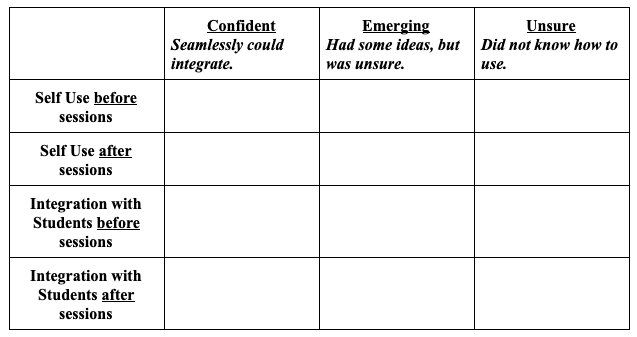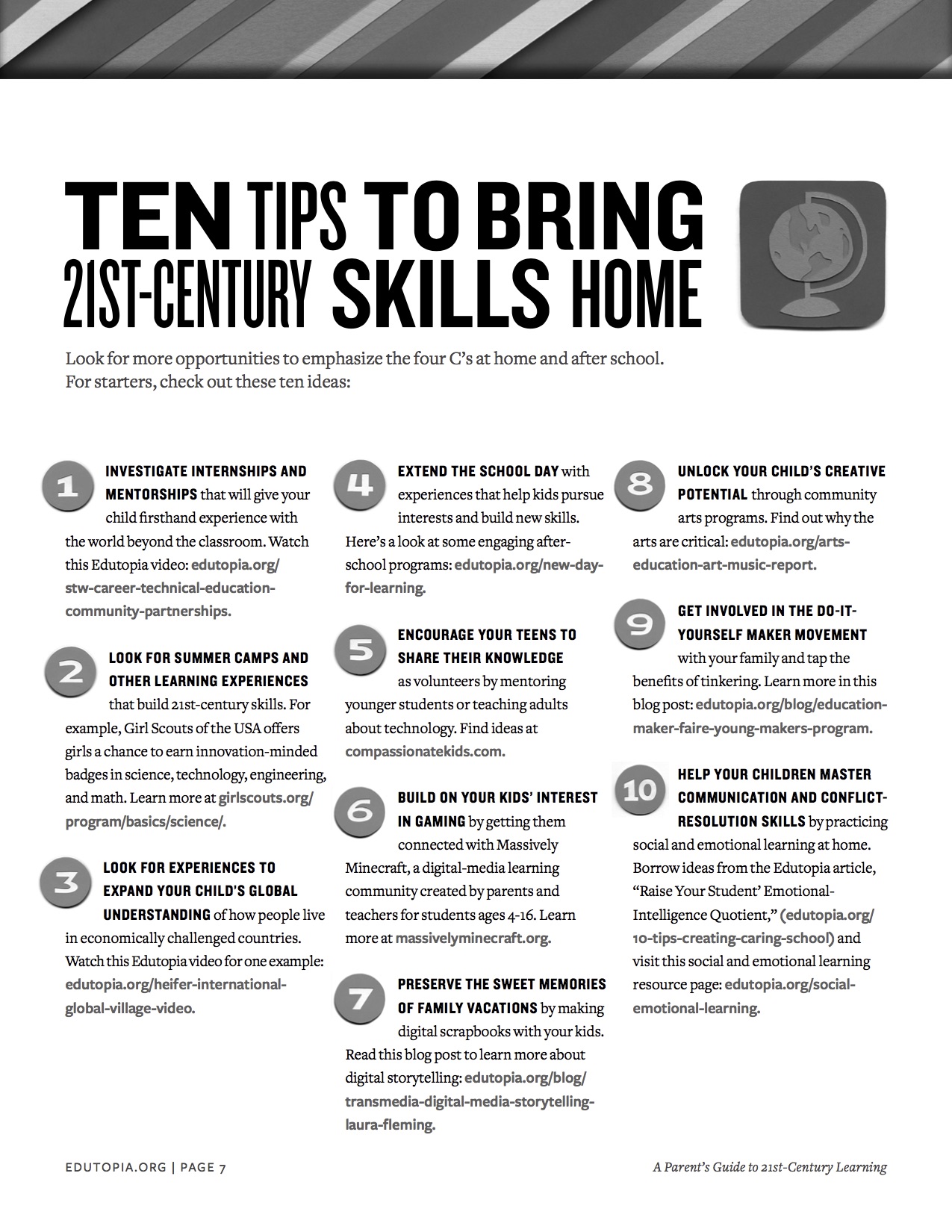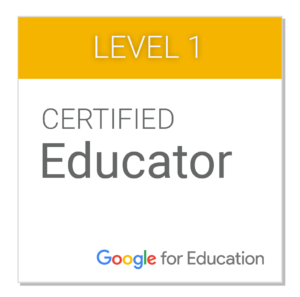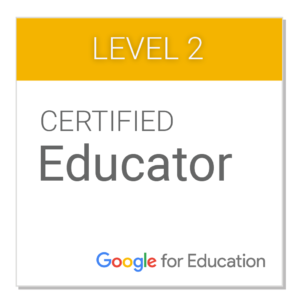Professional Inquiry Overview
At Lewiston Public Schools (LPS) where I am the middle school technology integration specialist, we as a district are focusing our work currently on computer science education. I am part of the computer science committee which is composed of K-12 classroom teachers, instructional coaches, and district administrators. The committee meets once a month with a focus on supporting existing programs, exploring coding curriculum or hardware, and design new learning opportunities for students and their families. The committee just went through the process of building its vision and mission. The vision is:
We believe computer science education allows Lewiston Public Schools to provide a meaningful and socially equitable experience for students as they develop the skills or competencies necessary to become resilient, collaborative problem solvers, and innovative citizens in our community.
Prior to working at LPS I had some experience with coding through the hour of code yearly activities in the first week of December but had not integrated them into my own teaching much beyond that. Since joining LPS I have enhanced my personal knowledge about coding through hosting an entire Day of Code event for the middle school as well as run an enrichment class in coding every other day. I have also worked with some teachers on integrating coding into their lessons through my job as the technology integration specialist.
One outcome from the Day of Code event at the middle school is that several teachers saw for the first time programmable robots and the engagement their students had with them. I ended up collaborating with several teachers to write a proposal to the computer science committee for a classroom set of Cue robots. The proposal was ultimately approved and I just received 12 Cue robots and accessories. These robots can be programmed through both block-based coding and text-based coding which allows for differentiation in the classroom.
Course Essential Questions
The essential question that this professional inquiry project is focusing on is “how might we advocate for appropriate use of technology in teaching and learning?” During the Day of Code event, I had several teachers approach me after observing their students use the different types of robots that were at the school for the day asking how we could get a classroom set of them. I knew that this was a purchase that I had not budgeted for, but I knew that the Computer Science committee accepted proposals for computer science focused needs. I spoke with the teachers to get a better understanding of what they wanted and wrote the proposal to the committee. Through talking with the teachers and then writing the proposal I listened to the desires of the teachers that I work with and then advocated for the appropriate technology to foster this type of teaching and learning.
Course Outcomes
The first course outcome that this professional inquiry project focuses on is “demonstrate fluency with new educational tools, and articulate the affordances and constraints of such tools to support educational practice”. This project with the Cue robots that I am implementing at Lewiston Middle School (LMS) is integrating on the newest and most popular educational tool into the classroom, coding, and robots. Since the Cue robots just arrived in my office last week I have been exploring and learning how they work, sharing and collaborating with colleagues, and starting to develop projects that students can do in their classroom and interact with new content in a meaningful way. One of the 8th-grade math teachers and I are collaborating on designing a lesson for students to explore right triangles and the Pythagorean Theorem with the Cue robots since we have the drawing accessories for the robots. During our early planning, we discovered that one of the constraints of integrating the robots into lessons in a meaningful way is that we first have to provide activities for the students to learn how to use them before we can expect them to explore the math concepts with them. To achieve this we have developed a scaffolded set of activities that build up to them being able to draw and measure right triangles.
The second course outcome that this professional inquiry project aligns to is “plan for educational experiences (of K-12 students or adult learners) that demonstrates the ability to use educational technology, sound educational philosophy, and plan for local context”. One element of the proposal that I wrote to get the Cue robots was that I would not only work with teachers to integrate them into regular lessons in the classroom, but I would also provide professional development for the middle school staff on the robots. This means that I will be designing an introductory experience for all of the staff or adult learners, so they can experience the robots and begin to think about how they could be included in their classroom. After April vacation I will also be running an after-school activity for students to explore with the robots as well. This will be my first opportunity using them with students. I plan for this time to be an organic exploration for the students, and a chance for me to learn how to introduce them to a group of students later in the classroom. All of this work, whether it with adult learners or with middle school students I will be adapting the focus of the activities to meet the needs of the learners.
Three Scholarly Articles
Alimisis (2013) outlined in their research a warning that simply introducing robots into the classroom does not guarantee 21st-century learning, but the curriculum that is implemented while using the robots can foster quality 21st-century learning. The conclusions went on to state that the robots should be seen as a way to “foster essential life skills” (Alimisis, 2013, p. 69). This article echoed some of my own concerns for implementing the Cue robots effectively into middle school. It isn’t good enough to simply bring the robots into the classroom and have the students use them, the true learning will come with well-developed lessons that clearly allow the students to explore the content through the use of the robots.
Geist (2016) concluded that the languages of coding will be as important to students in the new millennium as Latin was to the middle ages. Although “screen time” is a current concern, especially for younger children, learning the concepts of coding are not passive “screen time” and allow for play, exploration, and investigations. By framing coding as a language, especially one as important as Latin may help parents, educators, and key stakeholders of the importance of integrating coding into the curriculum, especially at the younger levels.
Holmquist (2014) suggested that in many classrooms the use of robots for coding was often viewed by the teacher as an added activity or something to liven up a lesson. The conclusion from Holmquist was that the robots had a greater impact when they were used aligned to current standards that students were exploring. When introducing the Cue robots to teachers, one component that I want to make sure to highlight with them is the curriculum that Wonder Workshop has created that is aligned with content, age ranges, and standards. This will set the Cue robots up to be viewed as a way to teach the curriculum and not an added activity.
Inquiry question to support your professional growth
The inquiry question I explored for this project was how do I best introduce and integrate Cue robots into a middle school setting? In order to begin this process, I wrote a grant proposal to get a classroom bundle of Cue robots, read current research about best practices with robots and coding, and completed the Wonder Workshop Robot Basics 101: Cue course. Prior to the job that I currently have I had not used robots to explore and learn about coding, nor did I have knowledge about best practices of how to integrate them into a middle school setting properly. After completing this professional growth project I now have a more in-depth plan of how I am going to introduce the robots to teachers as well as students, as well as I personally know how to interact with the robots.
PLN report
For our group communication, we used Slack. In previous weeks we had created a group called Communication Tools that we were all members of. We had practice chatting there and exploring some of the features such as the tie-in with Google Drive. Once we decided that we were going to use Slack as our communication tool for the rest of our group work we had a brief conversation about how to best go about using Slack to be able to give meaningful feedback to members of the group while keeping the communication happening through Slack and not in comments in a Google Doc that was accessed through Slack. One group member suggested that each group member make a new private group that had a link to our draft in it so we could read it and then give feedback within Slack. This worked well but had its challenges. Since I was away on vacation during the week that this assignment was due I had completed the assignment on an earlier time schedule than the rest of my group. This meant that I was the first one to share my work which lead to me getting less feedback due to the fact that I was on a different work schedule. Overall I would say that our strategy for how we used Slack to get feedback worked well, but I didn’t see the advantage over simply sharing the Google Doc with everyone in the group and having them give comments along the side.
Four best resources
- Wonder Workshop online curriculum: These are lessons created by both the makers of the Cue robots (Wonder Workshop) as well as teachers who have used the robots with their students. Each lesson includes all of the necessary materials, links to content, connections to standards, and the ability to sort lessons by content and grade. This is a resource that I have been using with some of the teachers that I am working with, as well as for myself to begin to understand more concretely how the robots can be integrated into the traditional curriculum.
- Cue online code site: Although it not officially listed as being supported through a Chrome browser, the Cue robots can be interacted with through the website. This means that you do not need to have Chromebooks or tablets in order to integrate the Cue robots into your classroom. As an Apple MacBook school being able to use the website is critical. This means that students can create programs for the robots even when the robots are in the classroom with them.
- Cue Guidebook: Electronic devices don’t often come with a user guide any more. This is a well laid out guide that could be useful with both teachers and students.
- Makerspace For Education Blog: This blog post is specific to the Dash and Dot robots which are also made by Wonder Workshop, but are designed for the elementary grades. At the bottom of the post are three challenges for the Dash and Dot robots that could easily be adapted to do with the Cue robots.
Next steps
Now that the robots have arrived at school, their software is updated, the app is downloaded onto the iPads in the Tech Office, and we have figured out a way to store, charge, and move the robots it is time to start getting them into the hands of adults and students. This means that I need to schedule a time with the building principal to do a professional development training for the staff as well as develop activities to do with the students in the after-school program that starts in a few weeks. Until then, I am going to continue to develop the unit on the Pythagorean Theorem with a math teacher and explore using the robots with the students that I have during my enrichment classes. By working with the smaller groups of students and teachers first I will get a better idea of how best to introduce the robots during the professional development session as well as during the after-school program.
References
Alimisis, D. (2013). Educational robotics: Open questions and new challenges. Themes in Science and Technology Education, 6(1), 63-71. Retrieved from https://library.umaine.edu/auth/EZproxy/test/authej.asp?url=https://search.proquest.com/docview/1895976688?accountid=14583
Geist, E. (2016). Robots, programming and coding, oh my! Childhood Education, 92(4), 298-304. doi:http://dx.doi.org.prxy4.ursus.maine.edu/10.1080/00094056.2016.1208008
Holmquist, S. K. (2014). A multi-case study of student interactions with educational robots and impact on science, technology, engineering, and math (STEM) learning and attitudes Available from ERIC. (1871571832; ED568443). Retrieved from https://library.umaine.edu/auth/EZproxy/test/authej.asp?url=https://search.proquest.com/docview/1871571832?accountid=14583







